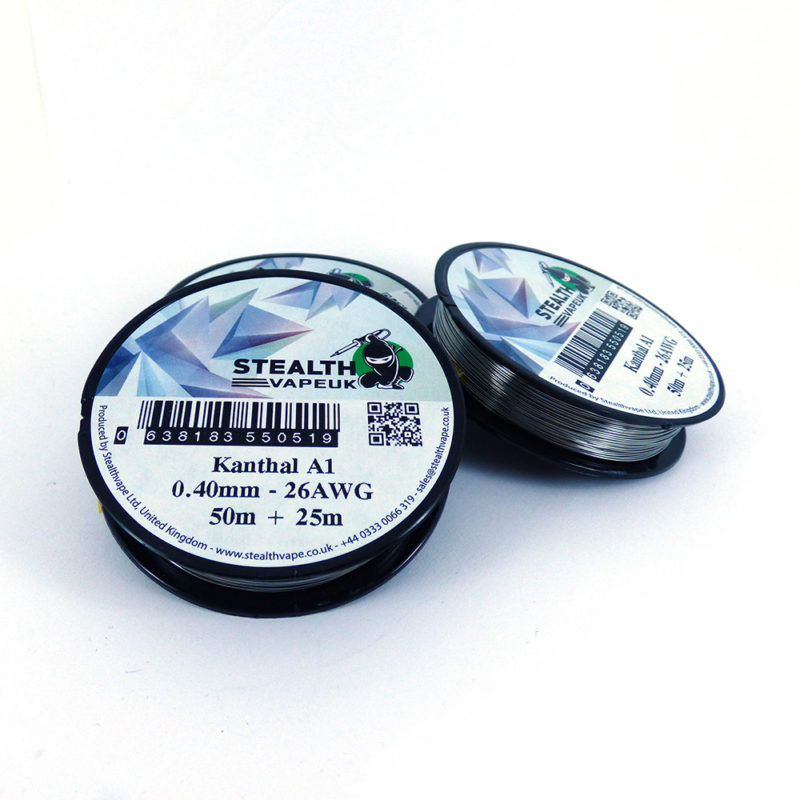It has been a frustrating time for customers of Royal Mail. For the past few weeks, services have been facing delays due to a series of strikes by its workers – disrupting its normal operations. The cause of the strikes is a long-term dispute between the company and the Communication Workers Union (CWU) over pay […]
Author Archives: Rob Ellard
Stealthvape Christmas Shipping Dates 2022 It’s the time of year at Stealthvape wherein we celebrate the Fullness of Being, and in doing so Things can start getting a teensy bit weird. Summoning the Corpulent White Bearded Red Demon of Yule has always been a hazardous art, but we reckon we’re just about getting the hang […]
Evolv have released a minor revision to DNA100C firmware enabling support for dubious or unlikely coils. When activated, this mean that coils made from Nichrome 80 / Ni80 have a much better chance of working in Replay Navigate to Mod – Safety – Replay and Choose “Allow on dubious coils” or “Allow on unlikely coils” […]
Evolv have released a firmware update for Reflex devices. This is an update pack so you’ll need the latest version of Escribe first. The update can be found here https://storage.stealthvape.co.uk/s/aRHN5AT2ByK5wzc If you don’t have escribe please download it here https://www.evolvapor.com/escribe Mac users can download the firmware file here and update manually https://storage.stealthvape.co.uk/s/Ck6AXW9Mnkt6HL5
Evolv Escribe DNA100C Update Evolv have released an escribe update containing firmware and enhancements for DNA100C Download it using the link below https://storage.stealthvape.co.uk/s/2SMPQTDrERQaqsF Supply of DNA100C’s is very limited, but as of writing stock is available HERE along with screen mounts and mounting parts.
Royal Mail’s collection schedule is as follows: Monday 21st Dec – Normal Service Tuesday 22nd Dec – Normal Service till 3PM ***23rd – 28th NO SERVICE*** Tuesday 29th Dec – Normal Service Wednesday 30th Dec – Normal Service ***31st Dec – 3rd Jan NO SERVICE*** Monday 4th Jan – FULL SERVICE RESUMES
Evolv have released EScribe SP24 with updated functionality to support Reflex devices and likely includes any available minor firmware updates for their other board products. First time users should be aware this is an update package, so if installing for the first time you should install SP17 HERE then upgrade to SP24 Reflex by Evolv […]
During lockdown, we’ve noticed an alarming increase in delays with items shipped by Royal Mail on Mondays. This is caused by two factors. Many Royal Mail workers are either off sick or off work caring for their children or dependent family members. The volume of items in Royal Mail’s network is currently exceeding Christmas levels. […]
Starting in May… We’ve been using new labels and branding on our 70mm vaping wire reels as we spool them. As for 50mm reels we’re going to use up the last of our stock and move over to using 70mm exclusively for all vape wire types and lengths. These changes allow us to have […]










